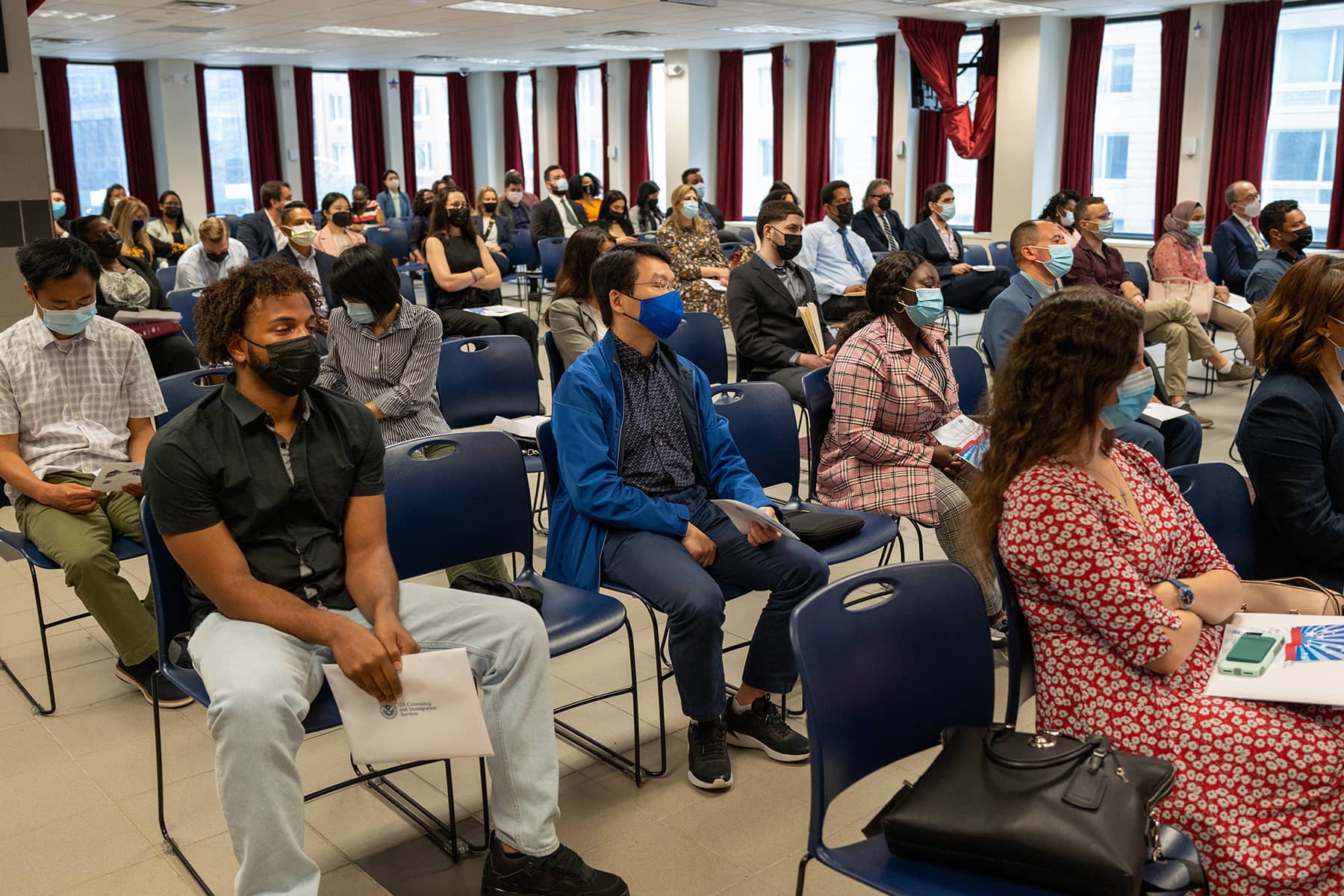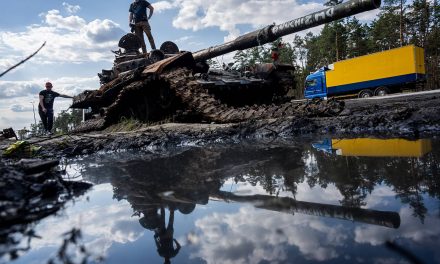
By Ernesto Castañeda, Associate Professor of Sociology, American University
Ernesto Castañeda is an associate professor in the Department of Sociology at American University and the Director of the Immigration Lab. Castañeda explains why immigration is an important force counteracting population decline in the U.S. and why that matters to the economy and America’s global power.
I direct the Immigration Lab where we conduct research around migration – in all its aspects. For example, emigration – people leaving their countries of origin; or internal migration – people moving within a country. There are millions of people living in a different province or state than where they were born, such as in China or the U.S. We also study international migrants, asylum seekers, refugees, people that cross borders looking for economic opportunities or trying to reunite with family. We have studied refugees from Central America in Washington DC, as well as from Afghanistan. We have also compared immigrants from Latin America in New York and those from North Africa in European cities. I have been studying migration since 2003, so almost 20 years.
Immigration is a hot topic now. How different are they than when you started studying it 20 years ago?
It is funny because in the media we always highlight the new things, and there are indeed new twists and turns, new characters. But the story, the dynamics, the human drama, the structural issues are basically the same. So, the more things change, the more they stay the same. That is why it is easier to understand new crises, because immigration researchers have seen something similar happening in the past.
How politicized is immigration?
Immigration is something that has been with us for a long, long time. It is something that is going to keep happening. It is something that no one state can fully stop forever. But unfortunately, since as long as I can remember, it is something that has been politicized. There are a lot of misunderstandings by people in the public. Especially because politicians have, for a long time and in different places, used this topic for their short-term political advantage. So it is something that is recurrent. Nonetheless, when I meet immigrants every day, the realities of their lives and what they are going through are very different from what you hear from the mouths of politicians and from a lot of media outlets.
My research has tried to understand what happened in the past and what is going on right now in the streets in order to try to improve our understanding about immigration. If you look at all types of data, there are way more opportunities born of migration than problems.
The latest census shows that if it was not for immigration, the U.S. population would actually be in decline. So there is a lot on the line as far as available workers, yes?
Yes, although some people think that the decline of immigration is not a bad thing, especially if it means maintaining a white majority. Yet immigration is not about a “great replacement” conspiracy but about the maintenance of a successful trajectory of economic growth, cultural vibrancy, scientific and technical innovation. In the economic system that we live in, one of the main ways that the economy keeps growing is by bringing in new labor. Cultural differences disappear across time and family generations. Furthermore, we are talking about changes around the edges. The great majority, over 80%, of the U.S. population has been and will likely continue to be U.S.-born.
Early in the pandemic, people were scared, and rightly so. It made sense to reduce air travel, border crossings and refugee resettlement. In the last couple of years, because of Title 42, which allows the government to prohibit the entry of persons who potentially pose a health risk at ports of entry, even asylum seekers have been sent back to Mexico and made to wait there.
Nevertheless, just in the U.S., we have lost over a million people because of COVID-19. People are also worried about inflation. But inflation has also been made worse by COVID deaths, people staying out of the workforce and by declining immigration, all resulting in a scarcity of workers.
So in the last couple of years we have seen an important decrease in migration while American couples have on average two children, keeping the population barely growing. So, the current population will not grow without immigration. Declining population growth also means a decrease in economic growth and the influence of the U.S. abroad. If this occurs, then you would have to be ready to make less money and spend more in goods and services. I do not think we are ready for that to be the norm. If we stop taking immigrants in, innovations, population and economic growth will take place in a different part of the globe.
In your almost 20 years of research, what is one thing that would surprise someone who is not in the field you are studying?
It is important for everyone to know that most people do not want to leave their hometown. Most people want to stick around because that is where their loved ones, family members and friends are. It is the place they know, and they have an attachment to the place. It takes a lot – like an invasion, hunger, a great educational or professional opportunity – to want to leave your home.
Another thing that is important to know is that only around 3.5% of the world population lives in a different country than where they were born. There are as many people moving within China as through international borders. So, international migration is a very important phenomenon for immigrants themselves – we are talking about the futures of many individuals and families. But in terms of the global population, it is a very small proportion. And this is not because of immigration deterrence and border fences.
So we are talking about an exception. Unfortunately, politicians and people make it sound like it is the main problem. People may think that immigrants are more likely to commit crime, yet it is the opposite. Immigrants are much less likely to commit any crimes than the U.S.-born. They are also less likely to use drugs.
The border wall is a monument to intolerance and racism that actively stigmatizes people in the area. Anti-immigrant policies and speech are driven by national politics, scapegoating, misinformation, and dramatic images about caravans, border camps, and border crossers without providing the full context and actual descriptions of reality. There are a lot of myths around migration, but when you look at the data qualitatively, quantitatively, in different societies, in different periods, it is almost the opposite from what people think. That is why academic research on immigration is very important to rectify the story.
Spеncеr Plаtt
Originally published on The Conversation as Immigrants are only 3.5% of people worldwide – and their negative impact is often exaggerated, in the U.S. and around the world
Support evidence-based journalism with a tax-deductible donation today, make a contribution to The Conversation.













